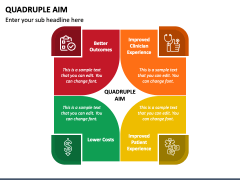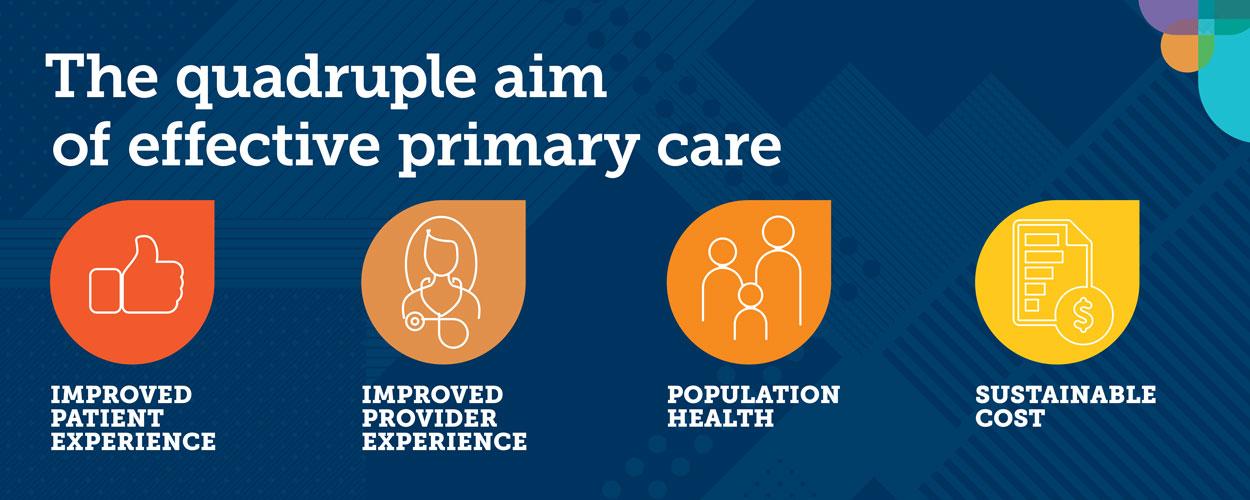

The Quadruple Aim is directed at the wellbeing of nurses, advanced practice providers, medical assistants, staff and anyone else involved in caring for patients. All members of the health care team are affected. Moreover, burnout is not limited to physicians. Studies show that burnout increases medical error, patient dissatisfaction and physician turnover. Although the ethical obligation to physicians is obvious, there is also a business case to be made for organizational commitment to physician engagement. Widespread efforts to promote physician resilience (though well-intentioned) skirt the crux of the problem, which is that burnout is fundamentally a system problem.


Cardiologists are among the least satisfied and least likely to seek help. Burnout contributes to dysfunctional relationships, depression, substance abuse and even suicide. Additional demands on physicians frequently come without an increase in time or resources, and often, though perhaps unintentionally, at the expense of what physicians cite as the most meaningful aspect of medicine: the doctor-patient relationship.Ī recent Medscape survey of 14,000 physicians, researchers found that more than 50 percent of physicians report burnout, described as exhaustion, cynicism and depersonalization. Reacting to these external challenges, organizations have reflexively increased productivity expectations for physicians. Over the past decade, health care organizations have faced increasing pressure due to declining reimbursements, increasing burden of quality reporting, electronic health record requirements, prior authorization and a national shortage of nurses and physicians. Berwick, MD improving the care of individual patients, promoting the health of populations and lowering health care costs must take into account the wellbeing of health care providers in order to be effective. The Quadruple Aim, a term coined by Thomas Bodenheimer, MD, in a 2014 Annals of Family Medicine paper, is the concept that the three dimensions of Institute for Healthcare Improvement's Triple Aim by Donald M. In the days leading up to the Congressional visits, members of the entire cardiovascular team passionately advocated for each other, making it clear that better patient outcomes can best be achieved in an environment that combats burnout and fosters engagement and satisfaction. 2 to advocate for patients at ACC's 2018 Legislative Conference. Accessed on June 3, 2022.Nearly 450 ACC members joined together on Capitol Hill from Sept. Agency for Healthcare Research and Quality, Rockville, MD. Re-Engineered Discharge (RED) Toolkit.Guide to Patient and Family Engagement in Hospital Quality and Safety, 'Strategy 4: Care Transitions from Hospital to Home: IDEAL Discharge Planning.' Agency for Healthcare Research and Quality, Rockville, MD.Improving health outcomes for patients with depression: A population health imperative. Clarke JL, Skoufalos A, Medalia A, Fendrick AM.Integration of behavioral health and primary care: current knowledge and future directions. Vogel ME, Kanzler KE, Aikens JE, Goodie JL.From triple to quadruple aim: care of the patient requires care of the provider.
#QUADRUPLE AIM BODENHEIMER DRIVER#
Mental illness is a major driver of health care costs in the US, where 1 in 4 people struggle with a behavioral health or substance abuse problem at some point in their lives 3.

And, a population framework is an ideal mechanism for optimizing care of patients and understanding where behavioral health fits in the larger context of integrating care 3


 0 kommentar(er)
0 kommentar(er)
